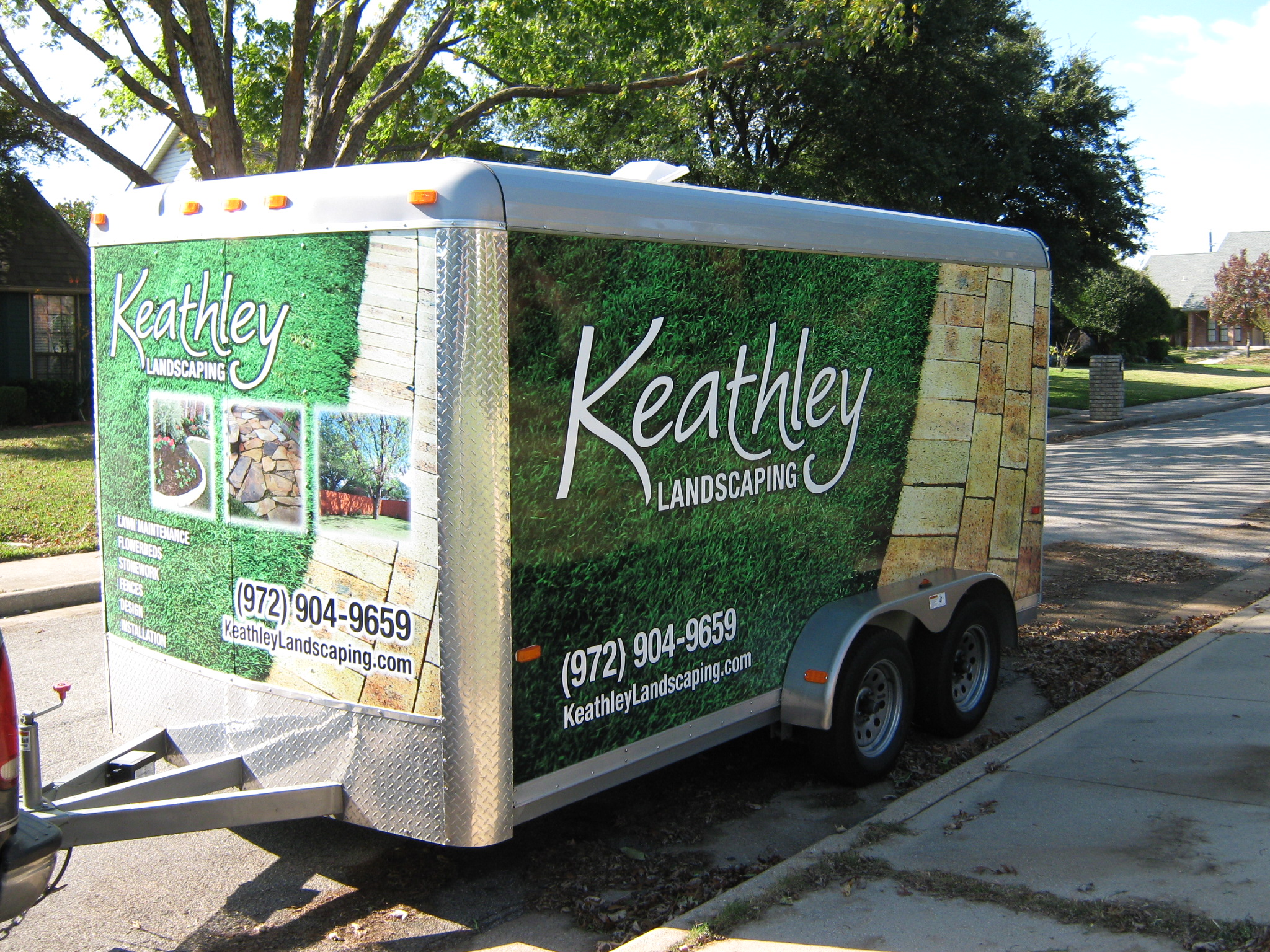French Drains: DIY vs. Professional Installations
Welcome to our guide on French drains! 🌧️ Whether you’re looking to tackle a drainage issue on your property or just curious about how French drains work, you’re in the right place. In this blog post, we’ll explore the pros and cons of DIY French drain installations versus hiring a professional. Let’s dive in!
Table of Contents
1. What is a French Drain?
2. DIY Installation
3. Professional Installation
4. Cost Comparison
5. Conclusion
6. FAQ
What is a French Drain? 🤔
A French drain is a simple yet effective solution for redirecting water away from problem areas on your property. Essentially, it’s a trench filled with gravel or rock that contains a perforated pipe, which helps guide water away from your home. This prevents water pooling and potential damage to your foundation.
DIY Installation 🛠️
Thinking about rolling up your sleeves and tackling a French drain installation yourself? Here’s what you need to know:
Pros:
✅ Cost Savings: Doing it yourself can save you a significant amount of money on labor costs.
✅ Flexibility: You can work at your own pace and adjust the project as you see fit.
Cons:
❌ Time-Consuming: DIY installations can be time-intensive, especially if you’re not experienced.
❌ Potential for Mistakes: Without professional expertise, there’s a higher risk of errors that could lead to ineffective drainage.
To ensure success, make sure to research thoroughly, gather the right materials, and perhaps consult a friend who’s knowledgeable about landscaping or home improvement.
Professional Installation 🏗️
Hiring professionals to install your French drain can be a great option, especially if you prefer peace of mind.
Pros:
✅ Expertise: Professionals bring experience and knowledge, ensuring the job is done correctly.
✅ Time Efficiency: You’ll save time and energy by letting experts handle the installation.
Cons:
❌ Higher Cost: Professional services can be expensive, but the investment often pays off in quality.
❌ Scheduling: You may need to work around the contractor’s timeline, which could delay the project.
If you decide to hire a professional, make sure to get multiple quotes and check reviews to find the best contractor for your needs.
Cost Comparison 💰
When it comes to costs, DIY installations can be cheaper upfront, but consider potential pitfalls. Professionals might charge more, but they bring expertise that can prevent costly mistakes. Evaluate your budget and the complexity of your drainage issue to make an informed decision.
Conclusion
Whether you choose to go the DIY route or hire a professional, French drains are a fantastic way to manage water flow and protect your property. Weigh the pros and cons carefully, and choose the option that best suits your needs, skill level, and budget. 😊
FAQ
Q1: How deep should a French drain be?
A: Typically, a French drain should be about 18 to 24 inches deep, but this can vary depending on your specific drainage needs.
Q2: Can I install a French drain myself?
A: Yes, you can! With the right tools, materials, and research, many homeowners successfully install their own French drains.
Q3: How long does it take to install a French drain?
A: DIY installations might take a few weekends, while professionals can often complete the project in one to two days, depending on the size and complexity.
Q4: Is a permit required for installing a French drain?
A: It’s always a good idea to check with your local municipality, as regulations can vary. In some areas, a permit might be required.
We hope this guide has shed some light on the French drain installation process. Happy draining! 🚜


































Recent Comments